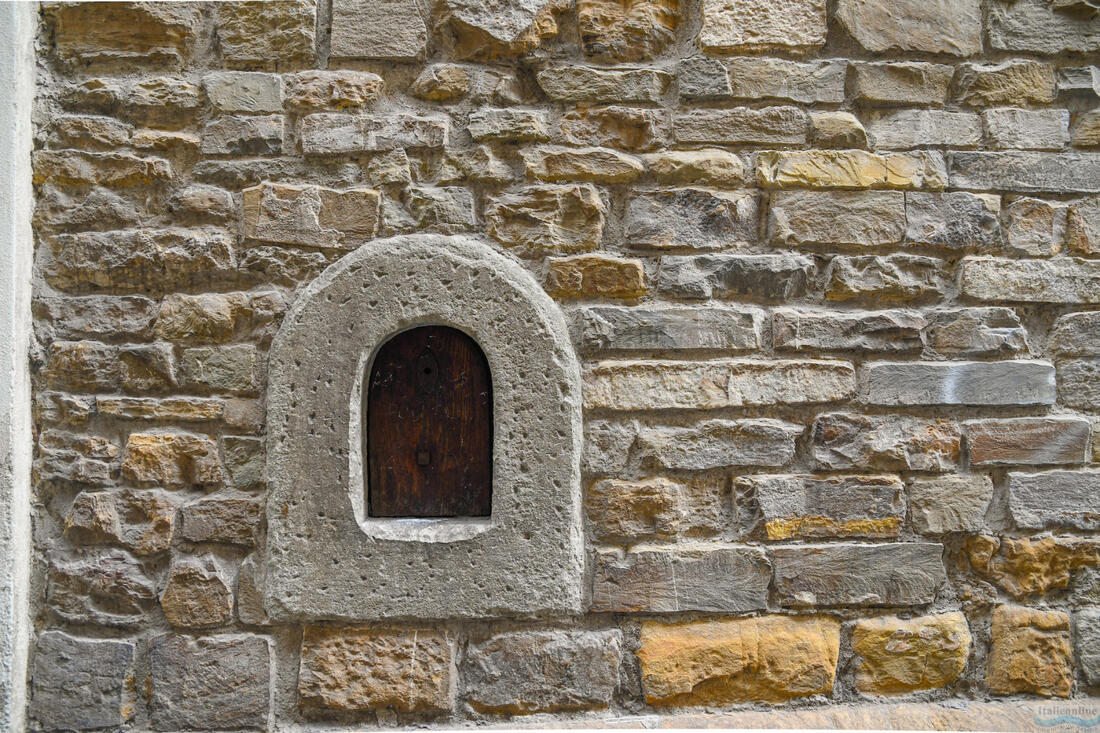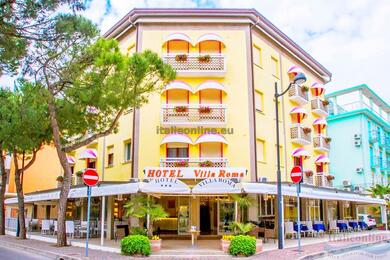Historically, this was an invention that allowed wine to be sold directly from the homes and cellars of winegrowers, at a time when public epidemics were rampant and personal contact was limited. Today, it is back in vogue, bringing with it the charm of the old days.
The history of wine windows
Buchette del vino have their origins in Tuscany, particularly in Florence, in the 16th century. At that time, Florentine noble families owned extensive vineyards and produced their own wine. The winemakers needed a way to sell their products safely directly to customers without having to rely on intermediaries. Thanks to these windows, people could buy wine directly from the source.

Sales were simple: the customer knocked on the window, handed the bottle or jug to the winemaker, who filled it with wine and returned it. This was the way of doing business, especially during plague epidemics, when hygiene was essential and personal contact was minimised. Some windows were even set up so that customers could pay for wine with coins that handed over in metal bowls dipped in vinegar to prevent the spread of disease.
Buchette del vino today
Over time, however, the tradition of these windows has gradually fallen into oblivion, especially with the advent of more modern forms of wine distribution. Many of these windows have been closed or completely forgotten. However, in recent years, particularly in the wake of the COVID-19 pandemic, the buchette del vino has experienced a renaissance. The Tuscan city of Florence is reviving this tradition as a symbol of history and innovation that can endure despite the hard times.

The little windows have reopened and in modern times serve as a practical and safe way to buy wine, ice cream or other delicacies. And you can enjoy the charming ritual of buying wine directly from the window in the ancient wall!
A symbol of tradition and culture
Buchette del vino are more than just holes in the wall. They are a reminder of a time when Italian cities, and Florence in particular, were the epicentre of the wine trade and an example of how they can adapt to modern challenges. This tradition proves that simple and purposeful ideas can have a lasting impact and survive the centuries.
Enjoy a glass of wine with a story!







